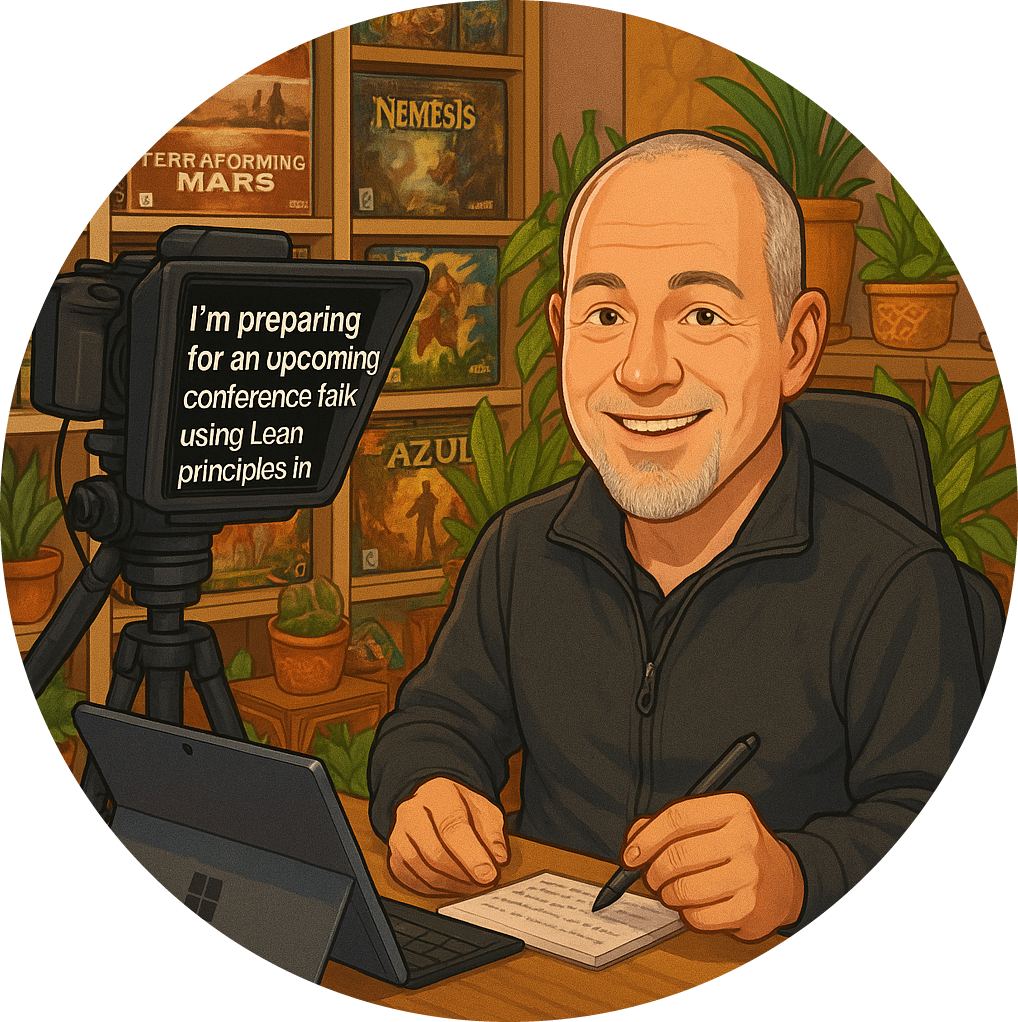Steve Jobs and the Art of Connecting Dots in Agile Environments
In the dynamic realm of Agile practices, Steve Jobs’ profound assertion, “You can’t connect the dots looking forward; you can only connect them looking backwards,” resonates deeply. This philosophy underscores the importance of reflective learning in Agile methodologies.
By delving into this concept, we can uncover how past experiences and outcomes serve as invaluable learning tools, shaping our approach and strategies in the ever-evolving Agile landscape. 🌟
The Wisdom of Hindsight: Learning from the Past
Steve Jobs, a visionary in technology and innovation, famously stated, “You can’t connect the dots looking forward; you can only connect them looking backwards.” This insight holds profound significance in the Agile world. 🔄
🧐 Understanding Jobs’ Insight: The principle behind Jobs’ words is grounded in the reality that future predictions are often riddled with uncertainties. What seems logical and probable today might not hold true tomorrow.
🔍 Reflective Learning: Agile teams should embrace a reflective approach, examining past experiences and outcomes to guide future decisions. This approach acknowledges the value of learning from past successes and failures.
Applying Past Insights to Future Agile Decisions
In Agile practice, leveraging historical data and experiences is crucial for informed decision-making.
📊 Data-Driven Decisions: Analyse past team performances, product successes, and customer feedback. Use these as a compass to navigate future projects.
🌐 Global Perspective: Consider industry trends and historical shifts. What worked in the past may need tweaking to stay relevant in the constantly evolving tech landscape.
The Importance of Validation and Adaptation
While looking back is insightful, it is not an infallible predictor of success. Agile methodologies thrive on adaptation and validation.
🔬 Continuous Testing: Regularly validate assumptions against real-world data. What worked once may not always work, given the dynamic nature of markets and technology.
🔄 Iterative Improvement: Embrace an iterative process. Refine and adjust strategies based on ongoing feedback and results, ensuring that your team remains agile and responsive.
Balancing Past Insights with Agile Flexibility
Steve Jobs’ perspective on connecting dots is a metaphor for the Agile journey. It’s about understanding the past to navigate the future but also staying flexible and ready to pivot based on new insights and evidence. 🌟



























